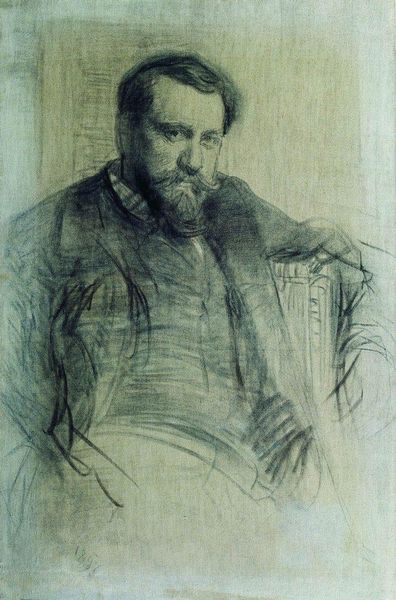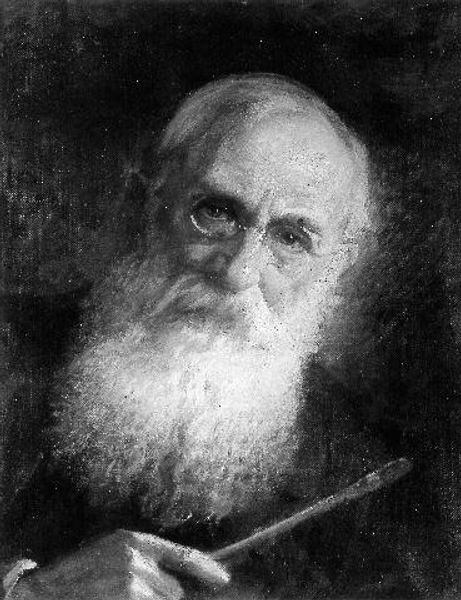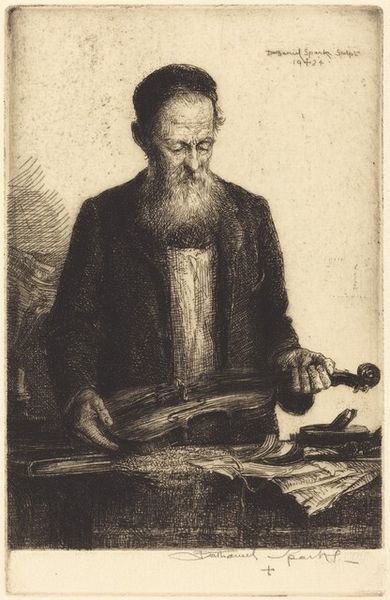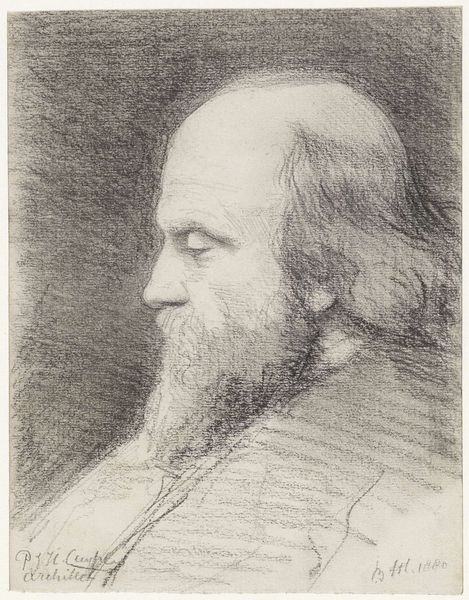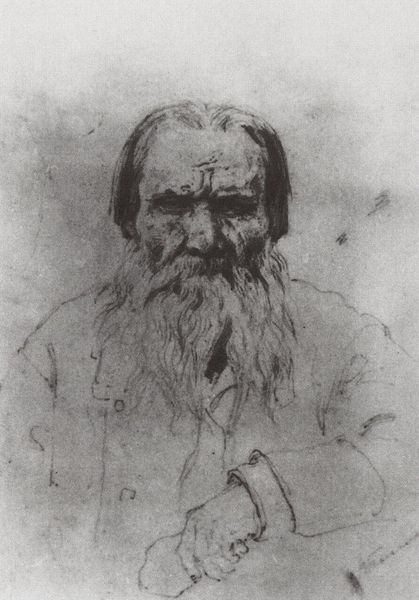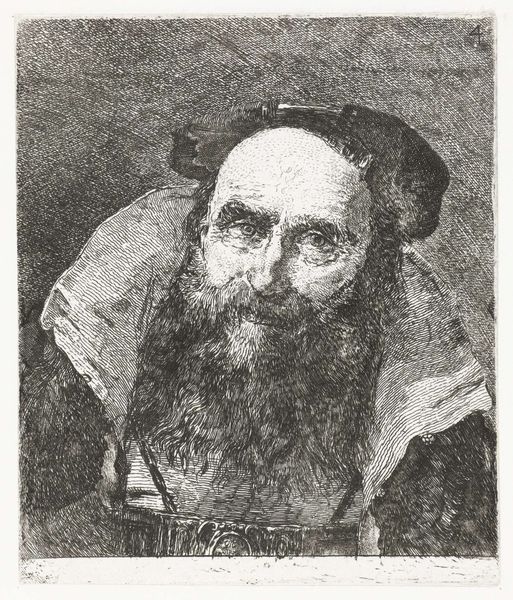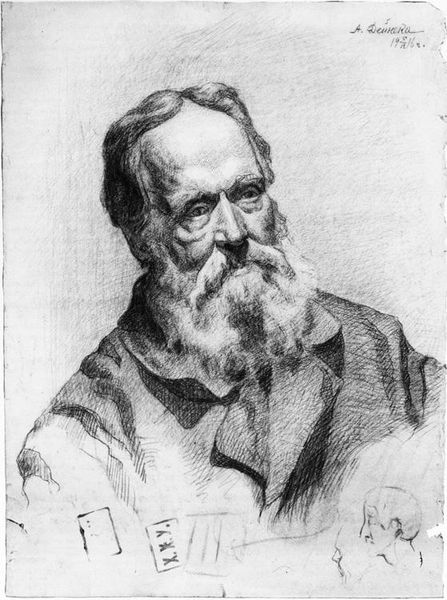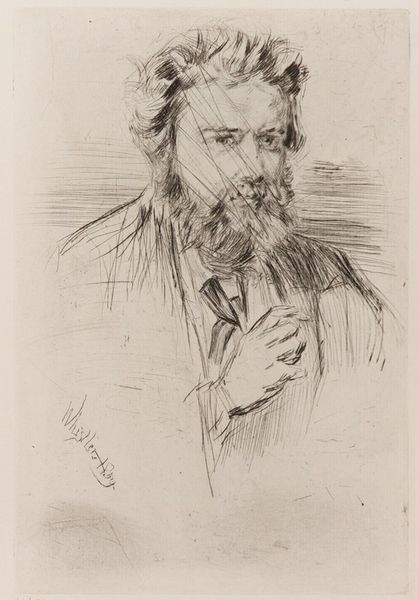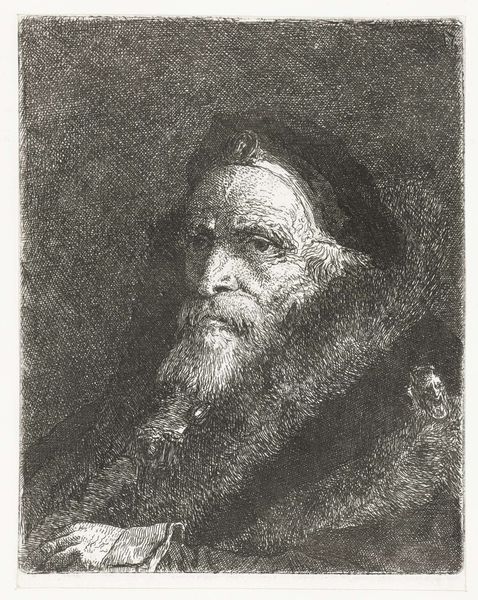
drawing, pencil
#
portrait
#
drawing
#
self-portrait
#
pencil sketch
#
pencil drawing
#
sketch
#
romanticism
#
pencil
#
portrait drawing
#
pre-raphaelites
Copyright: Public domain
Edward Burne-Jones rendered this portrait of George Howard using graphite on paper. The density of the graphite creates a range of tonal values, from light grays to deep blacks, defining the form and volume of the figure. The physical qualities of graphite - its softness and ability to be easily manipulated - allowed Burne-Jones to create a range of textures and effects, from the smooth rendering of Howard's face to the rougher, sketchier treatment of his clothing and the background. The labor involved in creating this drawing is evident in the meticulous cross-hatching and shading. Graphite, though seemingly simple, carries its own history. It is a material that became widely available due to industrial processes, reflecting the changing landscape of art production in the 19th century. In this context, a drawing like this one becomes not just a portrait, but also a document of its time, reflecting broader social and economic forces. It reminds us that even the most seemingly straightforward artistic materials and processes are laden with meaning and significance.
Comments
No comments
Be the first to comment and join the conversation on the ultimate creative platform.

